
Kiosk self service is called "self-service" because it enables users to perform tasks and access services independently, without the need for direct assistance from a human representative. This autonomy allows for efficient and streamlined experiences in various environments such as retail stores, restaurants, transportation hubs, and more.
These kiosks are equipped with user-friendly interfaces, such as touchscreens, that guide users through processes like making purchases, obtaining information, checking in for appointments, or printing tickets. The integration of secure payment systems, information databases, and real-time updates enhances their functionality, making them versatile tools for improving customer service and operational efficiency.
By providing 24/7 access to services, reducing wait times, and freeing up staff to handle more complex tasks, self-service kiosks improve overall user satisfaction and business productivity. This independence and efficiency are the key reasons why these devices are referred to as "self-service" kiosks.
1. LCD monitor with touch screen: user interface for interaction.
2. Card reader: for credit/debit card transactions.
3. Bill acceptor and Bill dispenser: for credit/debit bill transactions.
4. Coin Acceptor and Coin dispenser: for credit/debit coin transactions.
5. Receipt printer: to provide transaction receipts.
6. Security Features: cameras, encryption modules, and secure housing.
7. UPS and Power Supply: to ensure both conditions can work no matter with power or without power supply.
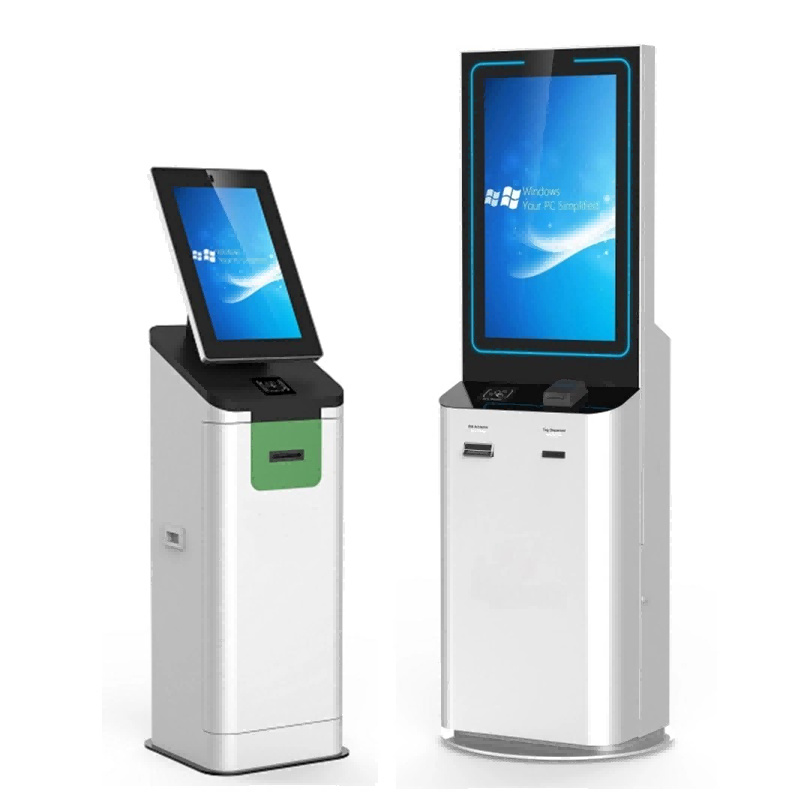
1. Operating System: Usually a secure and stable platform like Windows, or Android.
2. User Interface Software: Provides an intuitive and user-friendly interface.
3. Backend Management System: For remote monitoring, reporting, and maintenance.
4. Security Software: Ensures data encryption, fraud detection, and compliance with payment standards.
5. Payment Processing Software: Manages transactions, communicates with payment gateways, and ensures secure processing.
6.Peripheral Device Management Software: Controls peripherals like printers, scanners, and card readers.
7.Analytics and Reporting Software: Collects and analyzes data on kiosk usage and performance.
8.Remote Update and Configuration Software: Facilitates remote updates of software and configurations for maintenance and feature enhancements.
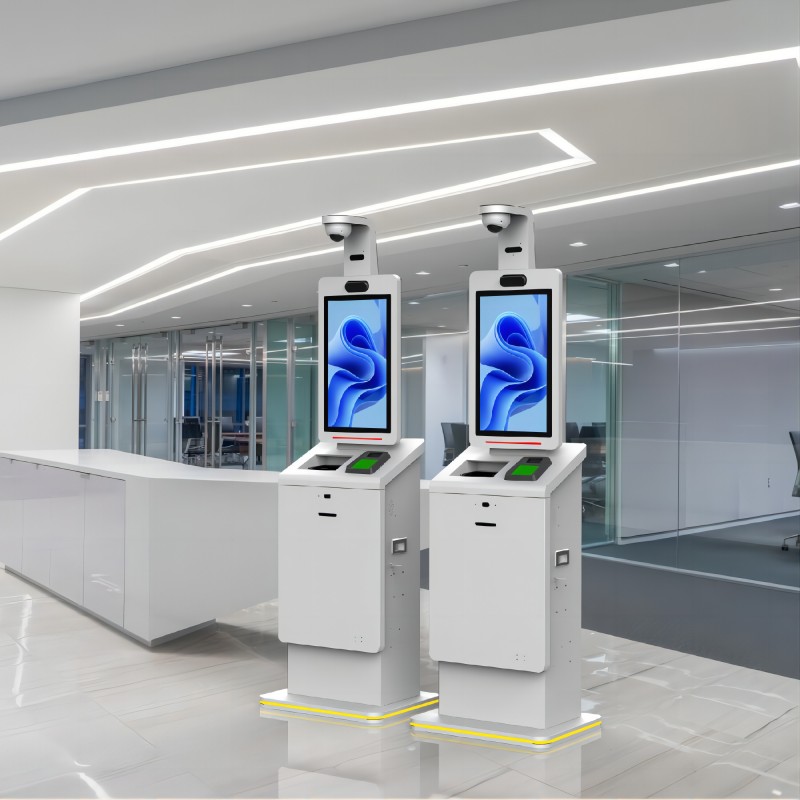
1. Select Service: user selects the desired service or products on the touchscreen of the self-service kiosks.
2. Scan or Enter Information: user scans a barcode or enters relevant information by the touch screen of the self-service kiosks.
3. Choose Payment Method: user selects a payment method (cash, card, coin, mobile payment, QR codes scanning payment).
4. Complete Payment: user follows on-screen instructions to complete the payment on self-service kiosks.
5. Receive Receipt: The self-service kiosks print the receipt or send the digital confirmation.
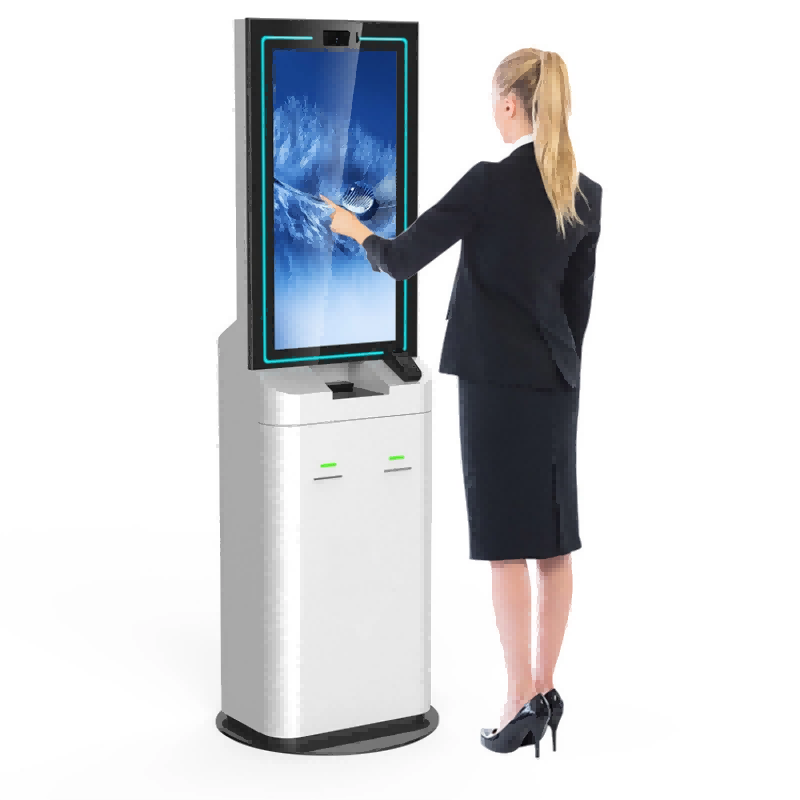
The primary purposes of self-service kiosks can be summarized as follows:
Enhancing Customer Experience: Self-service kiosks provide convenience and accessibility, allowing customers to quickly access information, services, or products without waiting in line or interacting with a staff member.
Improving Operational Efficiency: By automating routine transactions and service processes, kiosks reduce the workload on staff and streamline operations. This efficiency can lead to cost savings and improved service delivery.
Increasing Sales and Revenue: Kiosks can serve as additional points of sale, allowing businesses to reach customers in locations or times where traditional staffed service might not be feasible. This can lead to increased sales and upsell opportunities.
Standardizing Service Delivery: Self-service kiosks ensure consistency in service delivery and information presentation, minimizing errors and enhancing reliability.
Collecting Customer Data and Insights: Kiosks can gather valuable data on customer preferences, behaviors, and usage patterns. This data can be analyzed to improve marketing strategies, operational decisions, and customer service offerings.
Overall, self-service kiosks are designed to enhance customer satisfaction, optimize operational processes, and drive business growth through improved efficiency and service delivery.

Cost Savings: By automating transactions and reducing the need for human staff, self-service kiosks can significantly lower operational costs associated with labor.
Improved Efficiency: Kiosks streamline service delivery, reducing wait times and improving customer flow. This efficiency can lead to higher throughput and increased customer satisfaction.
Increased Revenue: Kiosks can facilitate upselling and cross-selling opportunities by presenting additional products or services during the transaction process.
Consistency in Service: Kiosks deliver standardized service experiences, ensuring that every customer interaction follows predefined processes and protocols.
Data Collection and Analytics: Kiosks gather valuable customer data such as transaction history, preferences, and demographics. This data can be analyzed to understand customer behavior and tailor marketing strategies accordingly.
24/7 Availability: Unlike traditional service desks, kiosks can operate round the clock, providing service and support outside regular business hours.
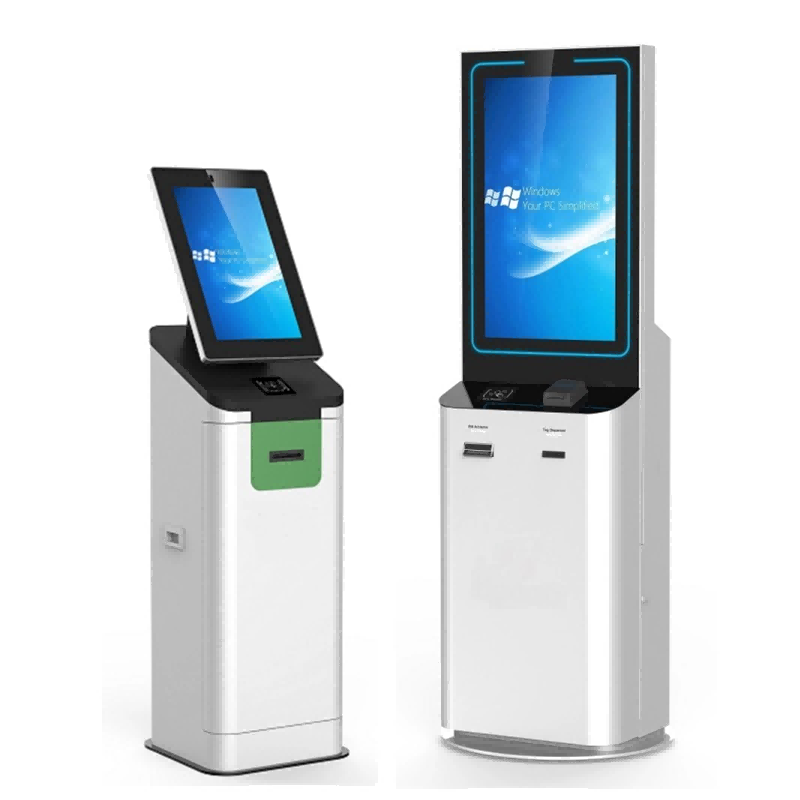
Business Goals: Aligning kiosk functionalities with specific business objectives such as improving customer experience, reducing operational costs, or increasing revenue.
Technical Requirements: Compatibility with existing IT infrastructure, security protocols, and scalability for future expansions.
Regulatory Compliance: Adherence to industry standards for data security (e.g., PCI-DSS for payment processing) and accessibility regulations.
Vendor Selection: Evaluating vendors based on reputation, support capabilities, warranty terms, and ongoing maintenance services.
User Experience: Conducting usability testing to ensure the kiosk design meets the needs of diverse customer demographics.
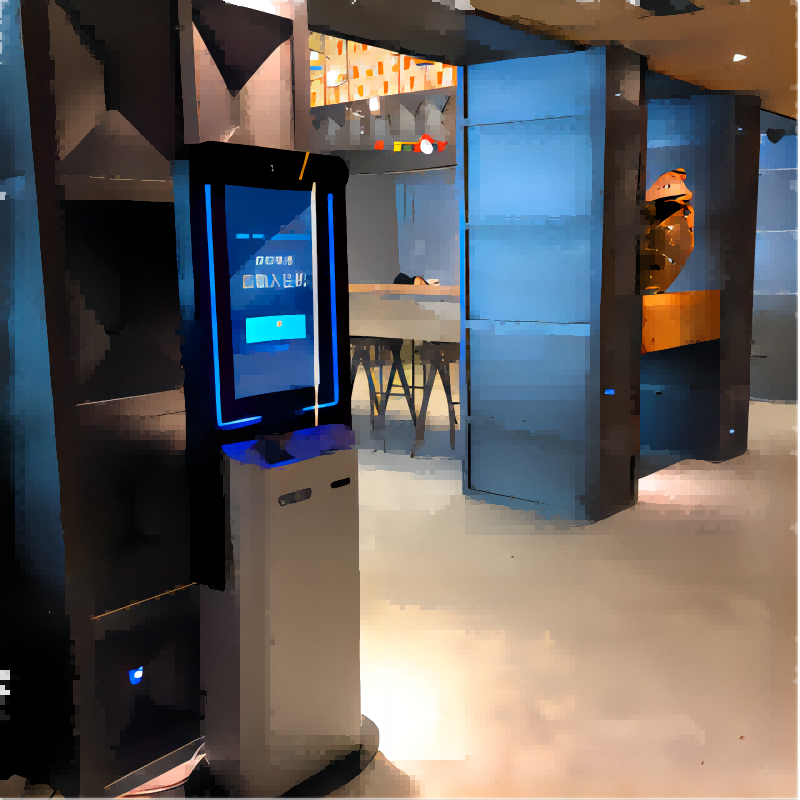
Self-service Kiosks are commonly found in various application scenarios and settings, such as:
1. Airports: For check-in, printing boarding passes, and managing flight details.
2. Retail stores: For checking prices, locating items, or completing purchases.
3. Restaurants: For placing orders and making payments.
4. Banks: For conducting financial transactions like depositing checks, withdrawing cash, and checking account balances.
5. Transportation: Ticketing for buses, trains, metro, subway, etc.
6. Healthcare: Bill payments, appointment check-ins, and prescription pickups.
7. Hospitality: Hotel check-in/check-out, event ticketing, and parking payments.
8. Utilities: Utility bill payments for electricity, water, and gas services.
9. Entertainment: Ticket purchases for movies, concerts, and amusement parks.
10. Used for hotel, parking lot, and supermarket checkout kiosk
11. Government offices: For accessing public services, filling forms, and making payments.
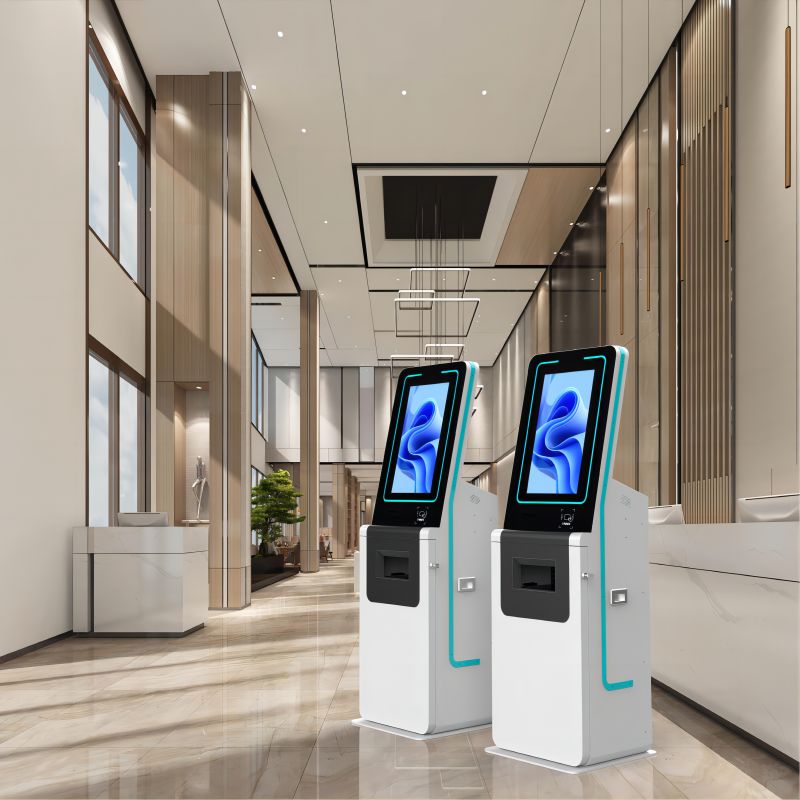
1、 It is prohibited to use gravity or heavy objects to strike the LCD display screen of the kiosk self service.
2、 It is strictly prohibited to place heavy objects on the equipment.
3、 Do not place the kiosk in an unstable place, such as a shaking or tilted surface.
4、 Do not perform complex unplugging of the power cord to avoid fire or electric shock, and use the designated power supply

Hardware: Includes the kiosk enclosure, touchscreen display, input devices (keyboards, scanners), output devices (printers), and payment terminals.
Software: Development and installation of user interface (UI), backend systems for transaction processing, and security software.
Installation: Costs associated with setting up the kiosk at various locations and integrating it into existing infrastructure.
Maintenance: Regular maintenance to ensure hardware functionality, software updates, and security patches.
Support: Technical support and troubleshooting for hardware and software issues.
Operational Costs: Electricity, internet connectivity, and transaction fees (if applicable).
Labor Cost Savings: Reduction in labor costs due to decreased need for human staff to perform routine transactions or customer service tasks.
Increased Revenue: Potential for upselling/cross-selling opportunities, extended service hours, and improved customer throughput.
Operational Efficiency: Faster transaction processing, reduced wait times, and improved customer satisfaction leading to repeat business.
Data Utilization: Collection of valuable customer data for targeted marketing strategies and operational improvements.
Identify Needs: Determine the specific purpose of the kiosk (e.g., ticketing, ordering, information kiosk).
Functionality: List required features such as touchscreen interface, payment processing, integration with existing systems, and accessibility options.
Customization: Consider any branding or customization requirements for the kiosk’s appearance and software interface.
Vendor Research: Look for reputable vendors specializing in self-service kiosks. Research online reviews, testimonials, and case studies.
Product Comparison: Compare features, pricing, and customization options offered by different vendors.
Request Proposals: Reach out to selected vendors to request detailed proposals that outline costs, timelines, and support services.
Cost Analysis: Evaluate the total cost of ownership, including initial setup, ongoing maintenance, and operational costs.
ROI Calculation: Estimate potential return on investment based on projected savings in labor costs, increased sales, and improved operational efficiency.
Vendor Meetings: Schedule meetings or calls with shortlisted vendors to discuss your requirements and proposed solutions.
Demonstrations: Request demonstrations or trials of the kiosk hardware and software to assess usability and functionality.
Negotiation: Negotiate pricing, terms of service, warranty, and support agreements with the chosen vendor.
Customization: Work with the vendor to customize the kiosk’s appearance, user interface, and functionality to align with your brand and operational needs.
Hardware Configuration: Finalize hardware specifications, including enclosure design, touchscreen size, peripheral devices, and payment terminals.
Site Preparation: Ensure the installation location meets technical requirements (e.g., power supply, network connectivity).
Installation: Coordinate with the vendor for kiosk delivery, setup, and installation at the designated location.
Integration Testing: Test integration with existing systems (e.g., payment processors, backend databases) to ensure seamless operation.
Staff Training: Provide training sessions for staff members who will interact with or support the kiosk.
Soft Launch: Conduct a soft launch to gather user feedback and address any initial issues before full deployment.
Maintenance Plan: Establish a maintenance schedule and procedures for regular updates, repairs, and hardware/software upgrades.
Support Agreement: Ensure a support agreement is in place with the vendor to address technical issues and provide ongoing assistance.
Performance Monitoring: Monitor kiosk performance, usage analytics, and customer feedback to identify areas for improvement.
Optimization: Continuously optimize kiosk operations and user experience based on data-driven insights and user feedback.
Evaluation: Regularly assess the kiosk’s impact on business goals and ROI metrics to justify investment and identify areas for further enhancement.
Expansion: Consider scaling the deployment by adding more kiosks or expanding functionalities based on successful implementation and positive outcomes.
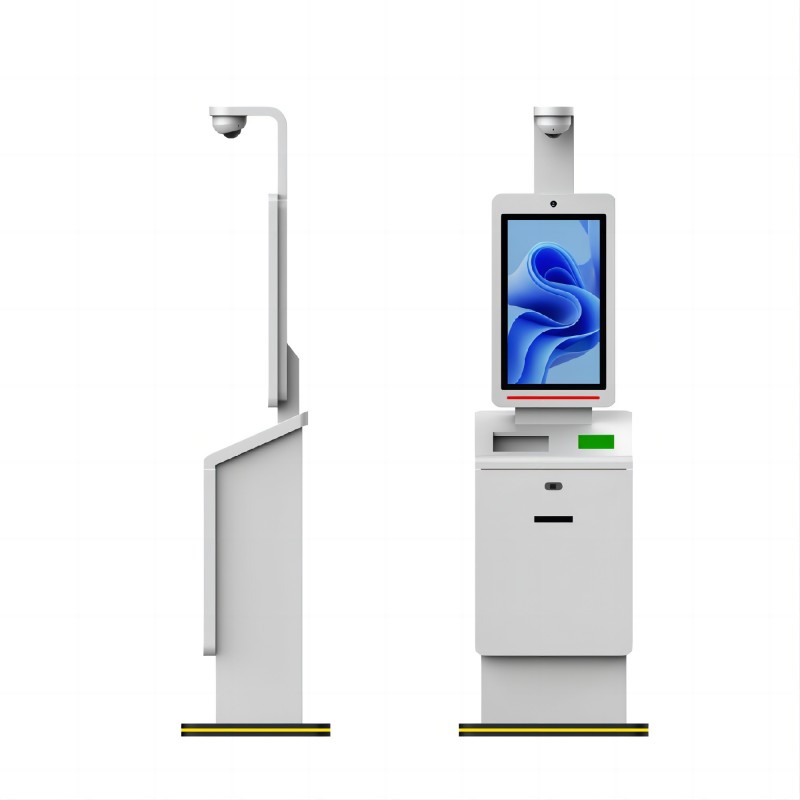
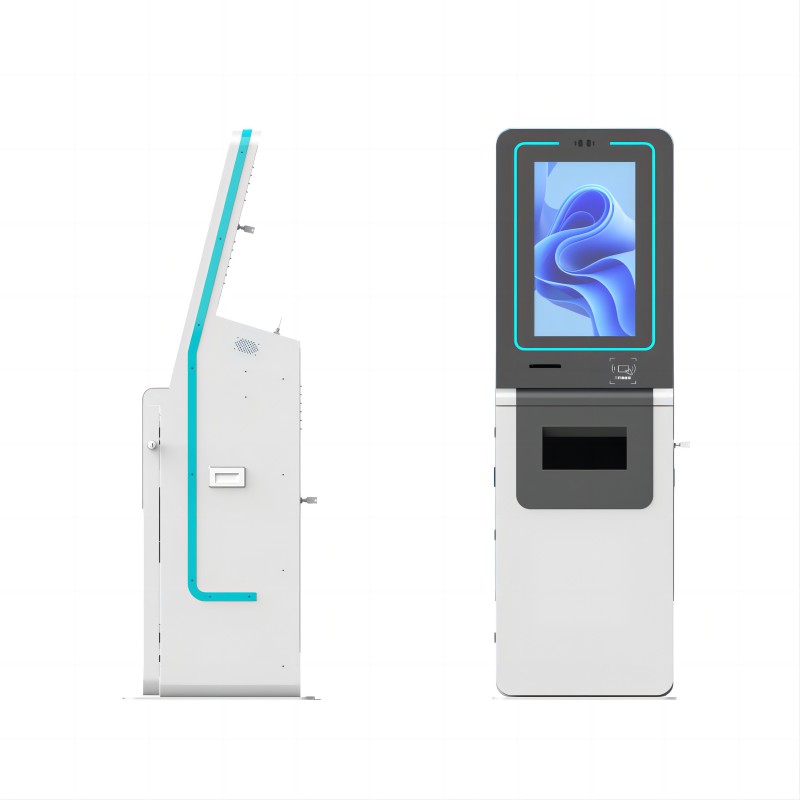
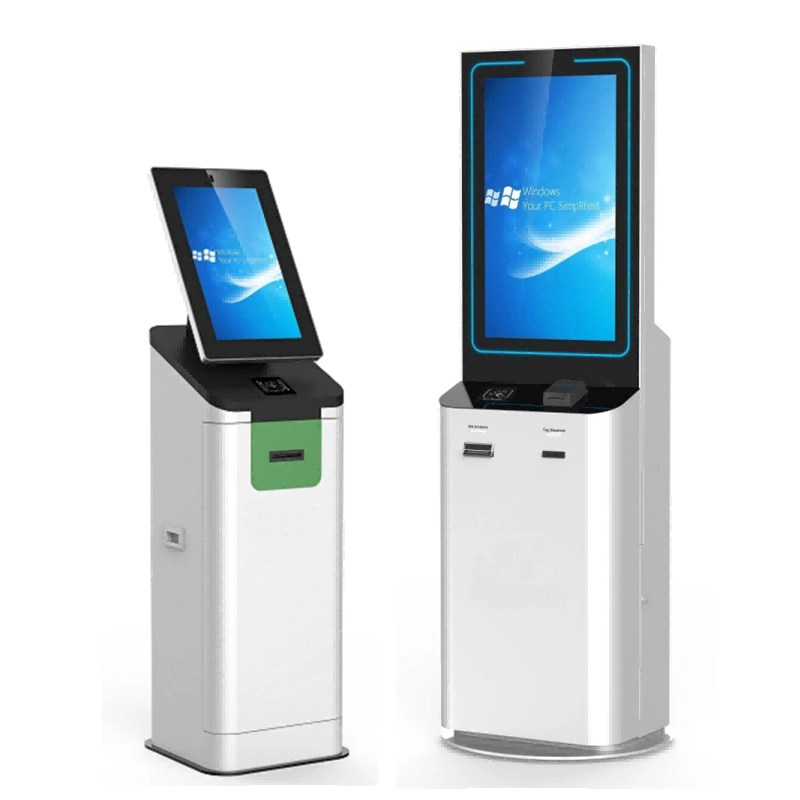
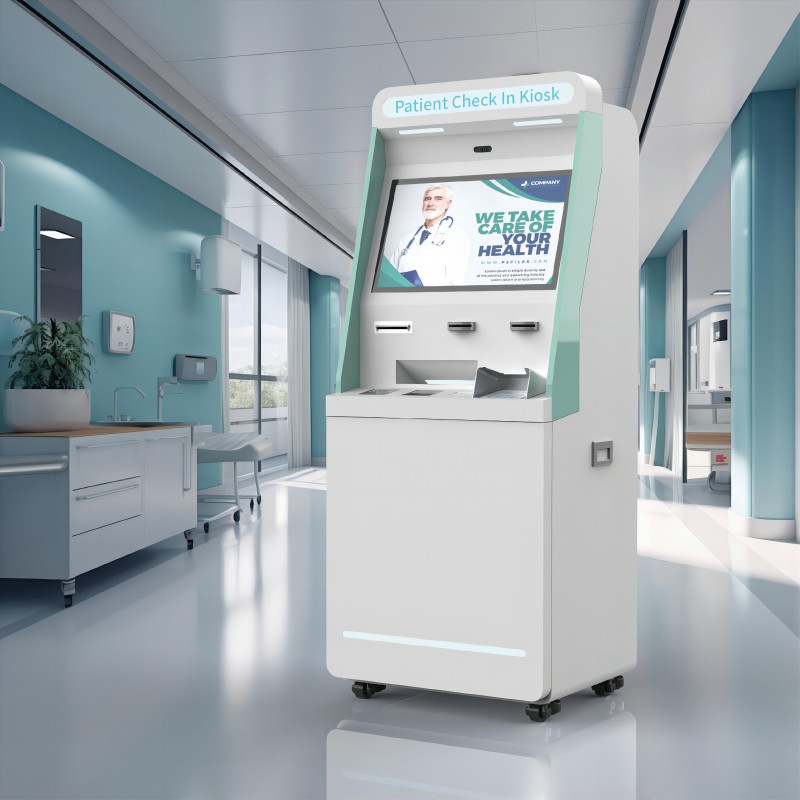
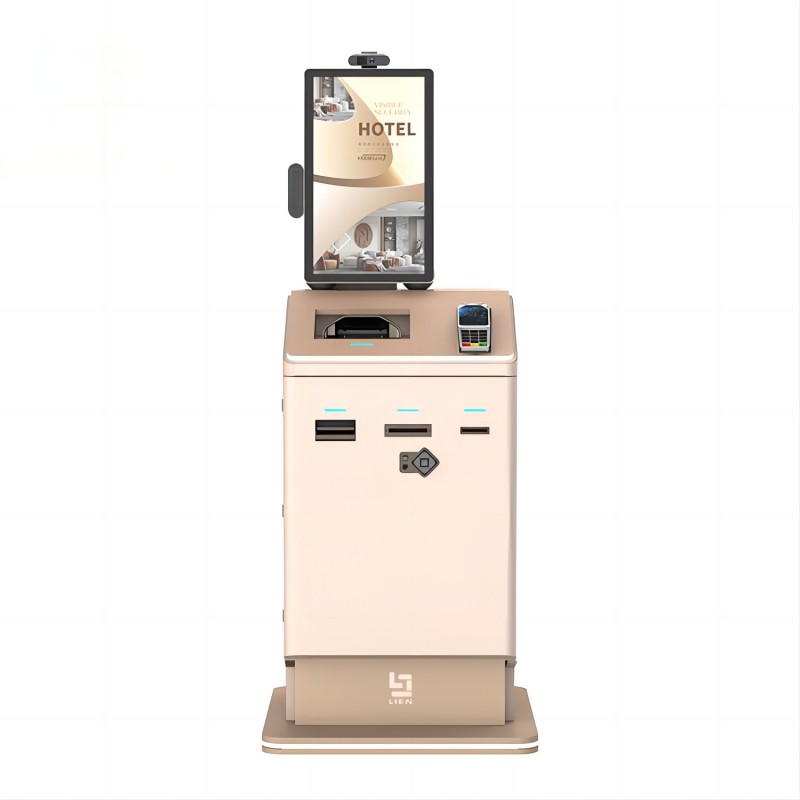
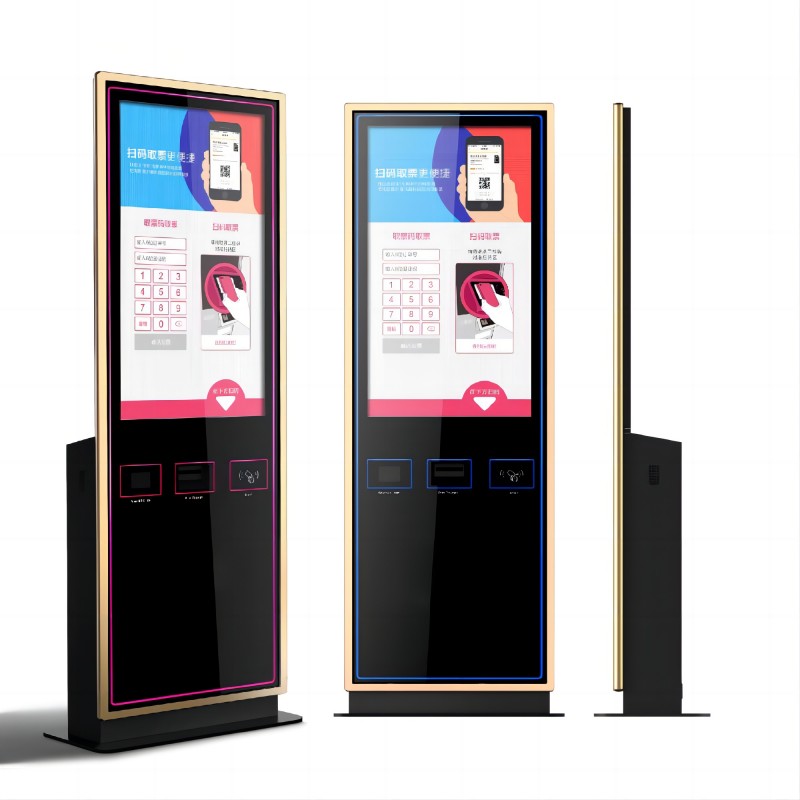
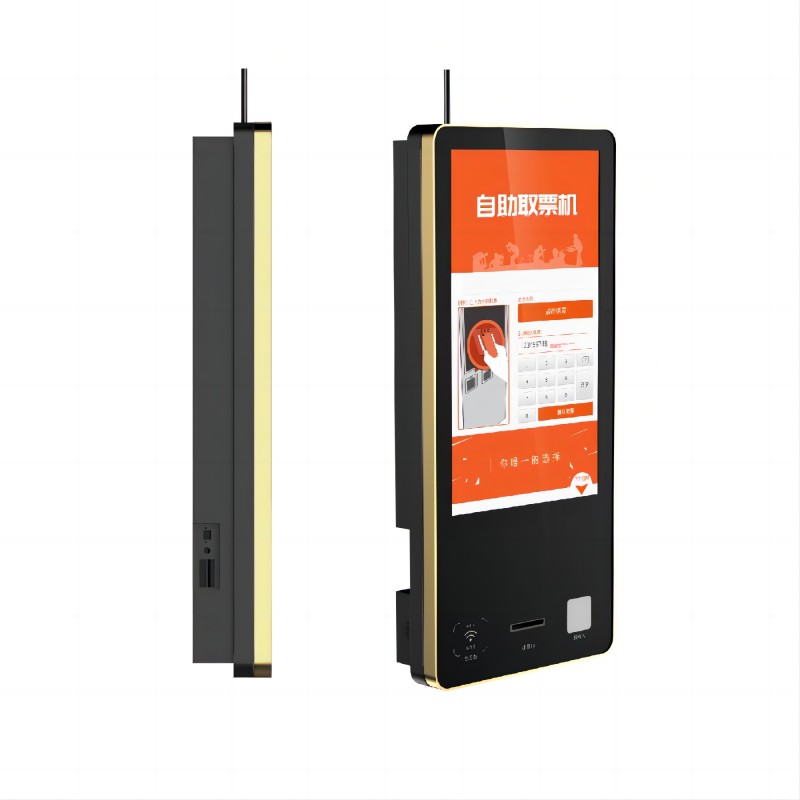
What did our happy clients say?
Exceptional User Interface: The self-service kiosk's user interface is incredibly intuitive and easy to navigate. Our customers love the seamless experience. Thank you for such a user-friendly product!
Robust Security Features: We are highly impressed with the kiosk's robust security features. It ensures safe transactions and data protection, giving us and our customers peace of mind. Excellent work!
Durable Build Quality: The build quality of these kiosk self service is outstanding. They are durable and withstand heavy usage and harsh conditions effortlessly. Thank you for a reliable and sturdy product!
Efficient Payment Processing: The efficient payment processing system in these kiosk self service has significantly reduced our checkout times. It's fast, secure, and hassle-free. We're extremely satisfied with this feature!